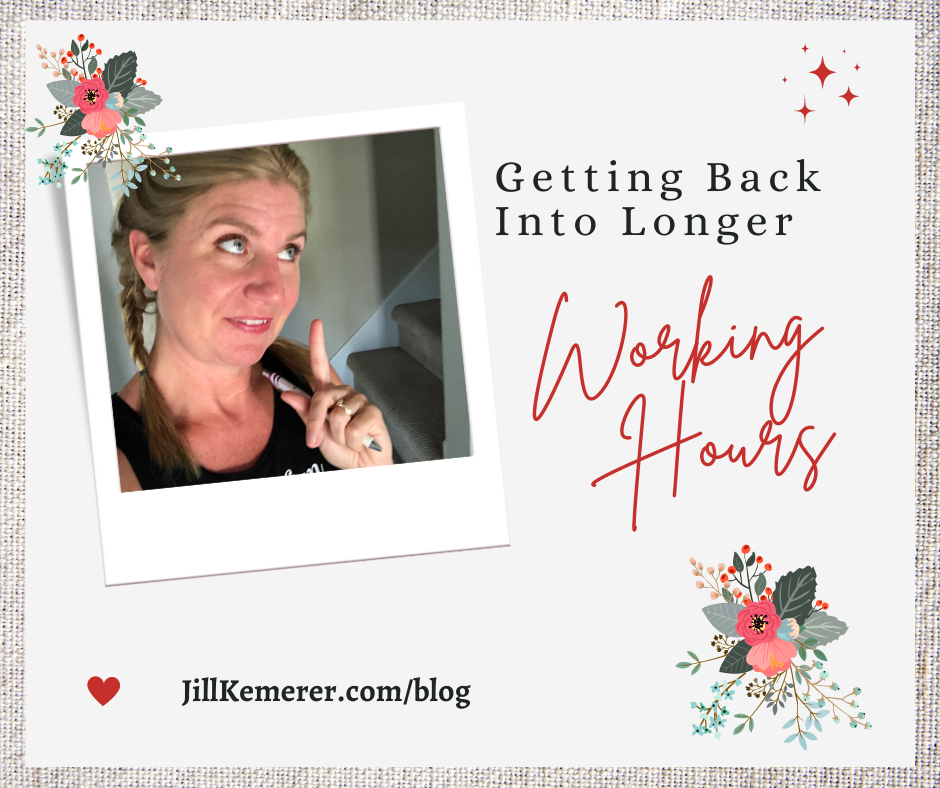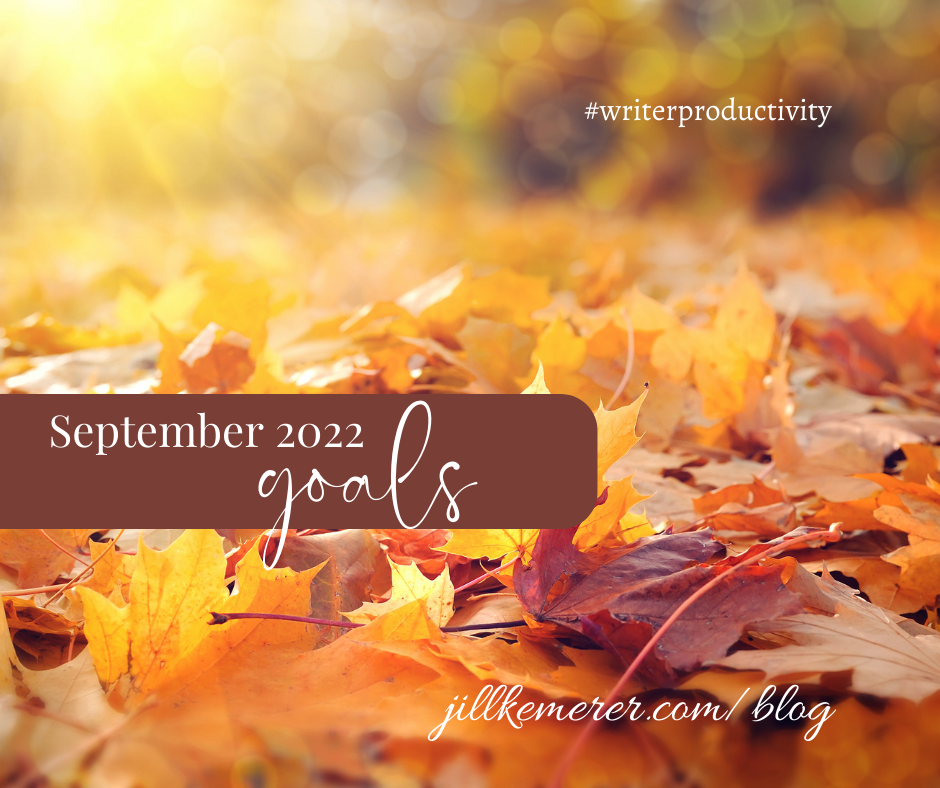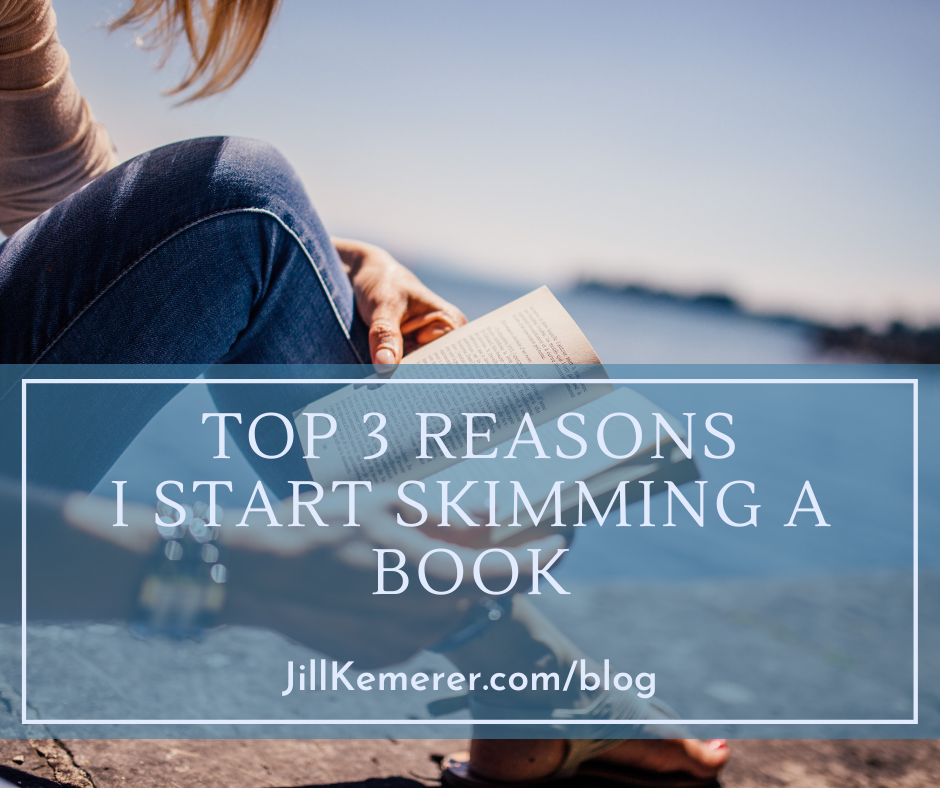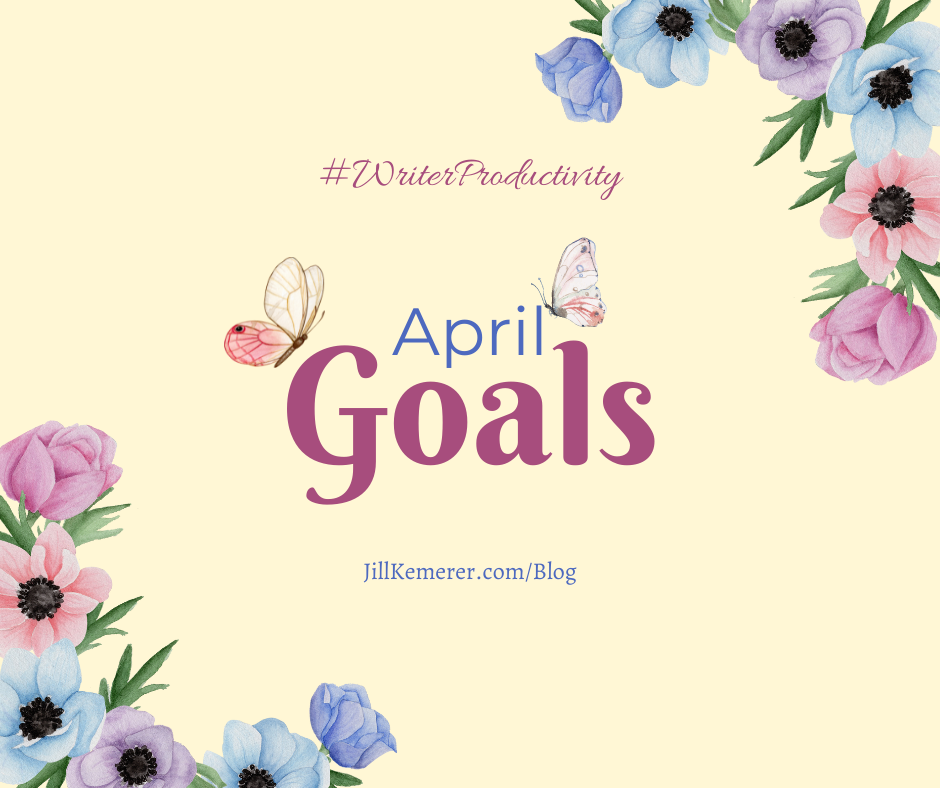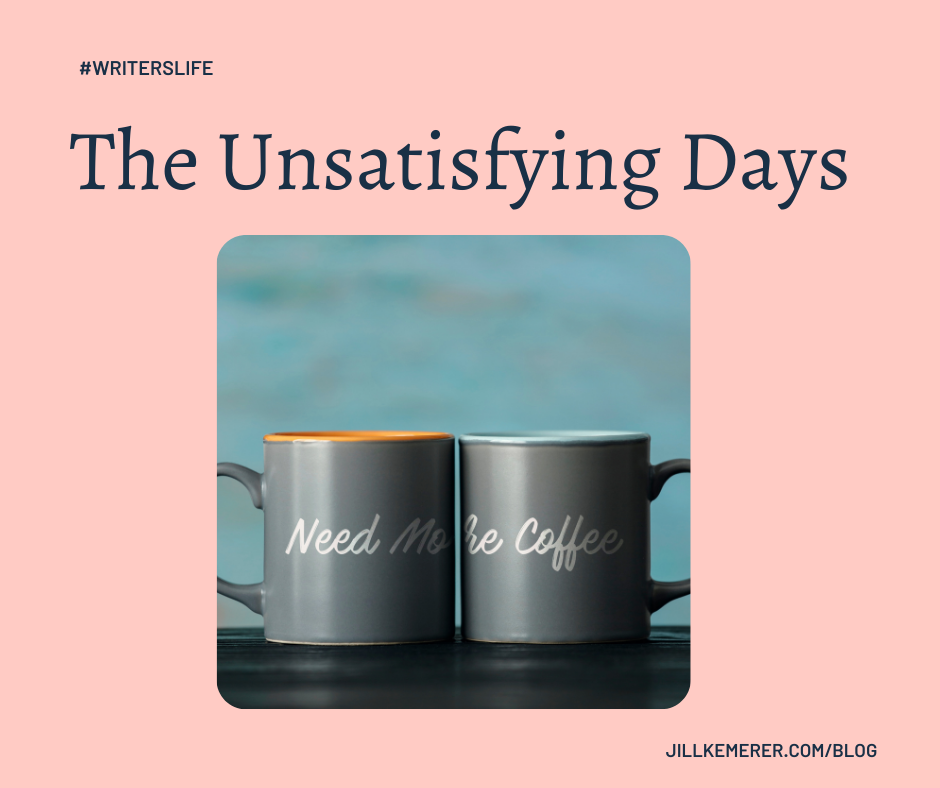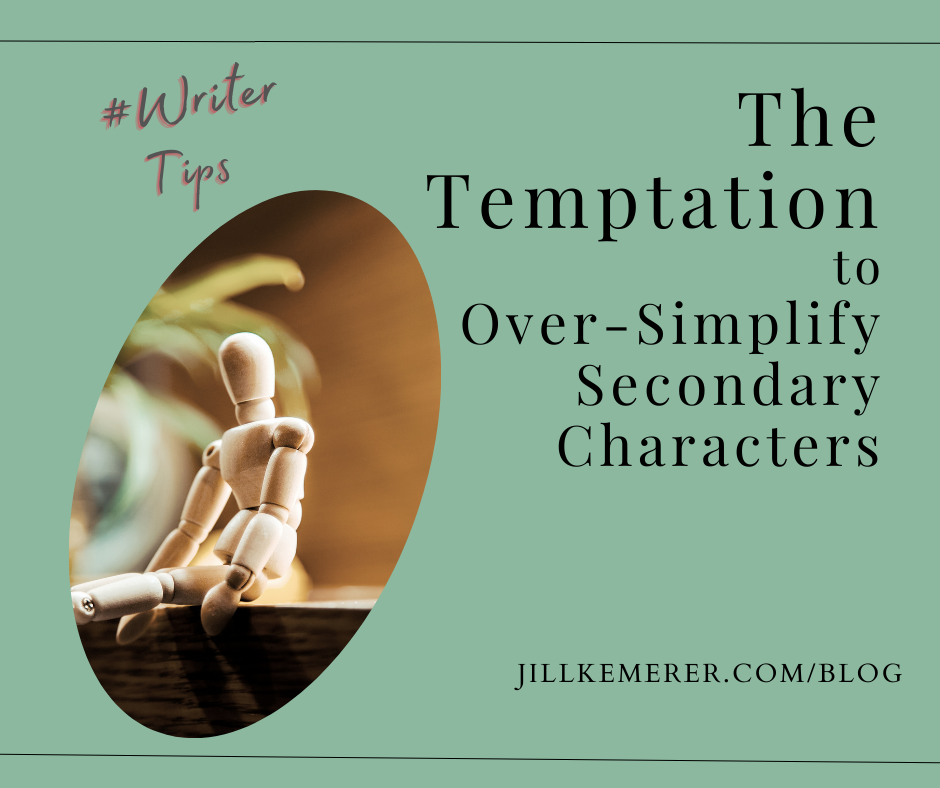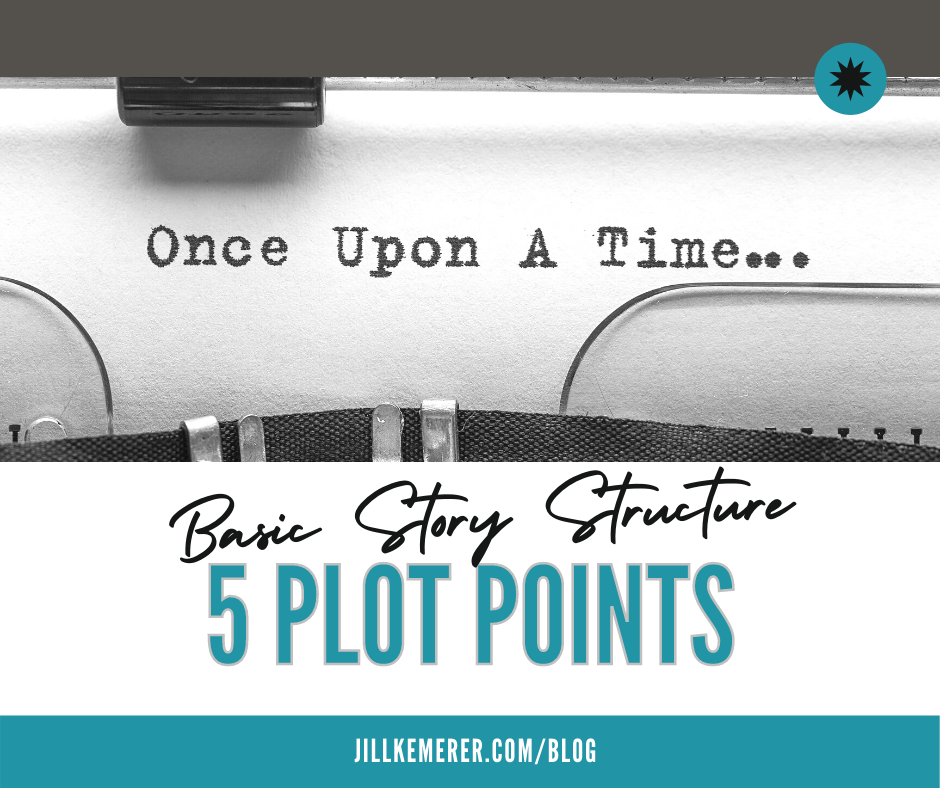The Mistletoe Favor Giveaway
Over the weekend, I got out my cozy sweaters and fall decorations. I love autumn!
Before we know it, the holidays will be here. I have a November release (the book will be in stores October 25, 2022!), and I’m celebrating by hosting a Christmas-themed giveaway!
One winner will receive a true large print copy of THE MISTLETOE FAVOR, three bonus books, a Christmas tea towel, a Christmas ornament, a Christmas decoration and a Christmas-scented air freshener!
Before we get to the entry form, here’s a little about the book.

It will take one special cowboy
To make this season bright.
After gaining guardianship of his half sister, wealthy rancher Mac Tolbert hopes a part-time job during the holidays will help the grieving teenager. New coffee shop owner Bridget Renna has been on her own since sixteen and is immediately drawn to the shy orphan—and her handsome brother. But as Bridget grows closer to the siblings, will her troubled past ruin their chance at a Christmas together?


